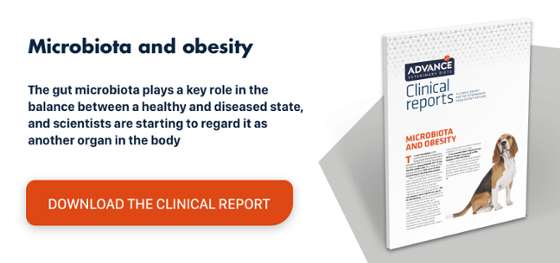Sterilisation of male dogs: intratesticular vs intraepididymal CaCl2 injection
Many owners are unwilling to sterilise their male dog for a variety of reasons, including the possibility of behavioural changes. The financial cost of the surgical intervention, together with the risks involved, are other deterrents associated with sterilisation. A nonsurgical method of sterilisation could overcome this reluctance and help bring dog overpopulation under control more quickly and efficiently.
Using CaCI2 to sterilise male dogs
Various sterilising chemicals have been used in veterinary practice for decades. The ideal chemical agent should effectively stop spermatogenesis, androgenesis and libido without any severe and/or toxic side effects. At present, although several agents are available with antispermatogenic or antifertility action, most do not eliminate the gonadal source of testosterone.
Calcium chloride dihydrate (CaCl2.2H2O) is a promising agent and soluble in water, alcohol and lidocaine. It causes total necrosis of the testicular tissue coupled with fibrosis and hyalinisation in seminiferous tubules and interstitial spaces, according to a study published in the journal Contraception1, which finally results in elimination of sexual activity.
A study published in Acta Veterinaria Scandinavica2 performed on 50 male dogs randomly divided into five groups, administered different concentrations of intratesticular CaCl2 (0, 10, 20, 30 and 60%), and followed for 1 year concluded that sterilisation with CaCl2 is effective, but the saline solution does not seem to provide permanent sterilisation.
Intratesticular injections of CaCl2 at 30% and 60% in saline solution resulted in azoospermia in all dogs, yet there were also more side effects than at lower doses. After 12 months, however, testosterone levels returned to baseline values, except in the group treated with highest concentration of CaCl2. Sperm motility was reduced to zero or almost zero in all dogs.
Which is more effective: intratesticular or intraepididymal CaCl2 injection?
The search for the ideal chemical sterilisation method continues. Another recent study (2019) by Leoci et al.3 compared the use of a 20% CaCl2 solution in 95% ethanol injected into the testicles or the epididymis head. The researchers studied 148 dogs divided into four groups (two experimental and two control) and then injected (ultrasound guided) with CaCl2 or saline solution in the testicle or epididymis head, respectively.
Sperm quality, serum testosterone levels and any side effects in the dogs were analysed at 0, 3, 6 and 9 months. Contrast-enhanced ultrasound was used to assess the morphology or any changes in the testicular parenchyma or epididymis after 0 and 5 months, while a histological examination was performed after 9 months when all subjects had been castrated.
The authors found that all male dogs sterilised with a single bilateral intratesticular injection of CaCl2 were sterile with azoospermia. Serum testosterone fell significantly after intratesticular treatment with CaCl2, and no side effects were observed.
Intraepididymal injections were also effective in sterilising male dogs, but they did not cause a significant drop in serum testosterone levels. Furthermore, the researchers point out that the procedure takes just as long as an orchiectomy.
Consequently, they concluded that bilateral intratesticular injection is an effective long-term method that reduces sexual behaviour, and which is very convenient given its ease of application. Intraepididymal injections, on the other hand, may be an alternative for those who prefer to maintain the anatomical integrity of their pet and preserve testosterone levels.
In either case, it is important to bear in mind that the patient’s diet should be changed after sterilisation to avoid weight gain. Alternatives such as Weight Balance, which regulates lipid metabolism, contains fewer calories and is rich in essential fatty acids, should also be considered.

